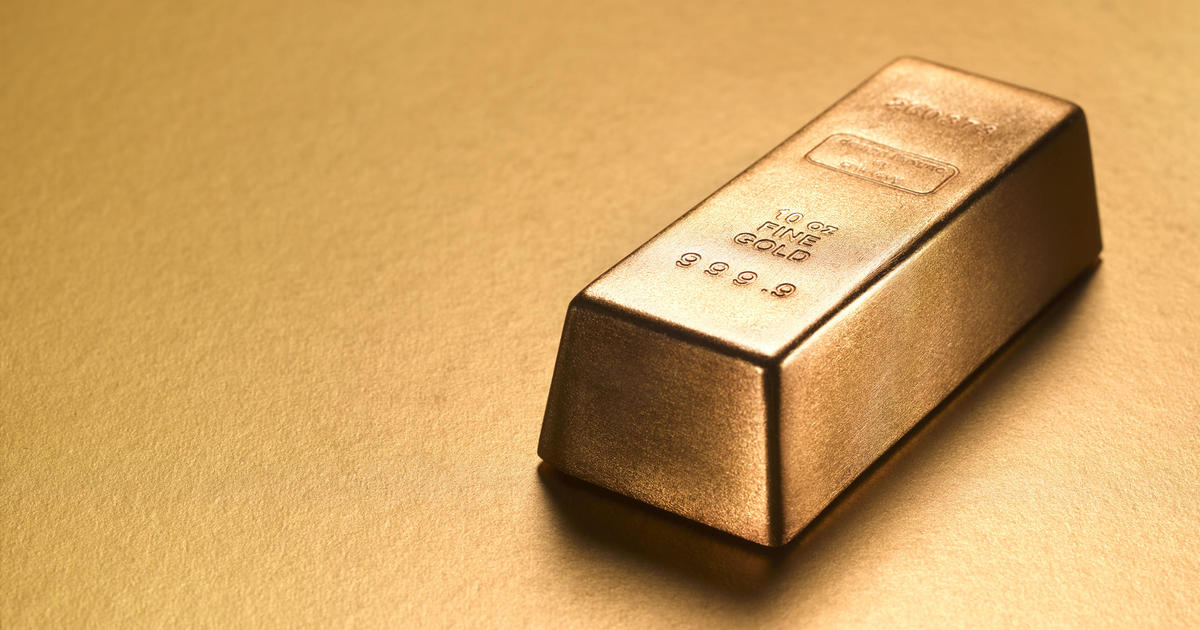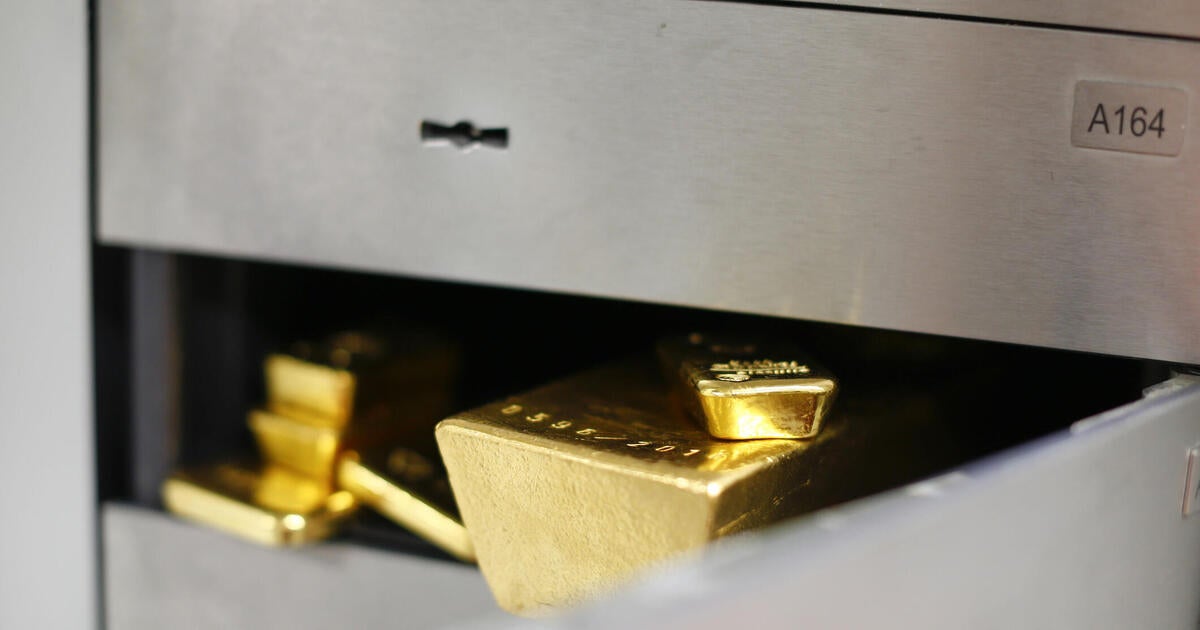This back-pocket technique is a quick way to make the most of fruit and vegetables.
Aaron Hutcherson
September 16, 2025
We love fresh, seasonal produce for its superb flavour and vibrant colour, but these prized traits are fleeting. This is where blanching can come in to save the day, helping to keep those fruits and vegetables at their best to enjoy now or months later.

Think of the technique like flash-boiling: Bring a pot of water to a rapid boil, season it with salt, briefly submerge the produce, then plunge said produce in an ice bath to stop the cooking process. Once it has cooled, dry the produce and enjoy it, or store it in a number of ways.
One of the main reasons for blanching is aesthetic: to enhance colour. This happens because the boiling water forces the pockets of air trapped inside of vegetables and herbs to escape, thus concentrating the colour that remains. The heat from the water also deactivates enzymes that break down pigments. Cooks sometimes choose to blanch herbs when making sauces, such as pesto, to allow them to stay green for up to a week.
Blanching also preserves flavour, as though pressing the pause button on the ageing process. For example, peas start to lose their sweetness as soon as they’re picked, so it’s best to blanch fresh peas as soon as possible if you don’t plan to use them within a few days. And blanching is a must before freezing vegetables because, in addition to preserving colour and flavour, it helps maintain texture and prevent nutrient loss.

Some recipes employ the technique to remove the skin from fruit, such as peaches or tomatoes. To do so, score a long, shallow “X” on the bottom of each piece of fruit, boil for 30 seconds to 1 minute, then dunk it in an ice bath. Afterwards, you should be able to slip the skins right off with your fingers or a paring knife. (I generally don’t mind the texture of the skin and prefer to save myself the trouble, but you do you.)
When blanching, it’s important to note that the water should be at a rapid boil over high heat because you want it to be quick – you’re not really looking to cook the produce. And while salt in the blanching water isn’t necessary, it seasons the produce.
The length of the boil can vary from a few seconds to several minutes, based on the fruit or vegetable. Instead of setting a timer, the best way to determine when to take vegetables out is to taste them. They should have a crisp-tender texture where they still retain their crunch. (Which makes them great in crudites platters and salads.)
If you boil the produce for too long, you negate everything that you’re trying to achieve. This is why, as soon as the produce is ready, it’s imperative to dunk it in an ice bath to stop the cooking process as quickly as possible. Stir it occasionally to make it cool more quickly.
When blanching different types of produce, do them separately because they will take different lengths of time. Also, save the green vegetables for last because their chlorophyll will gradually start to drain out into the cooking water and can colour lighter-coloured vegetables.
Washington Post
The best recipes from Australia's leading chefs straight to your inbox.


















































